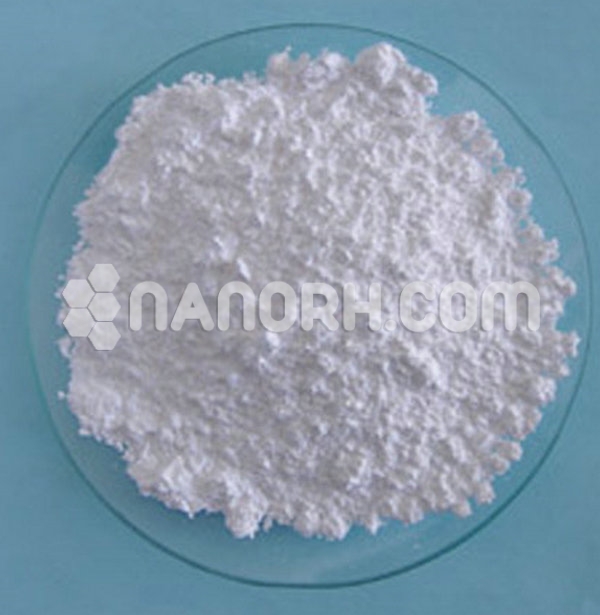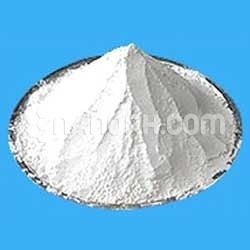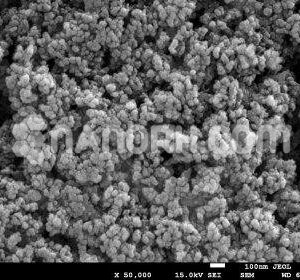| Thallium Nitrate Powder | |
| Product No | NRE-11244 |
| CAS No. | 10102-45-1 |
| Formula | TlNO3 |
| Molecular Weight | 266.39 g/mol |
| APS | <50 µm (can be customized) |
| Purity | 99.9% |
| Density | 5.55g/cm3 |
| Color | off-White |
| Melting Point | 272°C |
| Boiling Point | 433 °C |
Thallium Nitrate
Applications
Electronics Industry: Thallium nitrate is used in the production of certain electronic devices, especially in the creation of thallium-based semiconductors. It was historically used in the production of photovoltaic cells and infrared detectors. However, due to its toxicity, its use has been largely phased out in favor of safer alternatives.
Specialty Glasses: It is used in the production of certain types of specialty glasses, especially those that require a high level of optical clarity or are intended for use in infrared optics.
Chemical Synthesis: Thallium nitrate is used as a reagent in chemical synthesis, particularly in the preparation of other thallium compounds such as thallium carbonate and thallium chloride.
Detection of Radioactive Materials: Has been used in the detection of radioactive isotopes and in certain types of radiographic imaging, though this application is now rare.
Poisoning Agent (Historical): In the past, was used in poisoning cases, as it can be fatal if ingested in large quantities. Its ability to cause serious health issues, including nerve and organ damage, led to its infamous use in poisoning, which has contributed to its decline in use.
Analytical Chemistry: Thallium nitrate has been used in analytical chemistry, particularly in tests for other metals and substances, through its ability to react with various chemicals and form colored precipitates.
Pyrotechnics: It has been used in some pyrotechnic formulations to produce green-colored flames in fireworks and other displays, although safer and more widely available alternatives have since replaced it.
Safety Considerations
Due to its high toxicity, thallium nitrate must be handled with extreme care. It can be absorbed through the skin, ingested, or inhaled, leading to symptoms such as nausea, vomiting, hair loss, and neurological damage.




